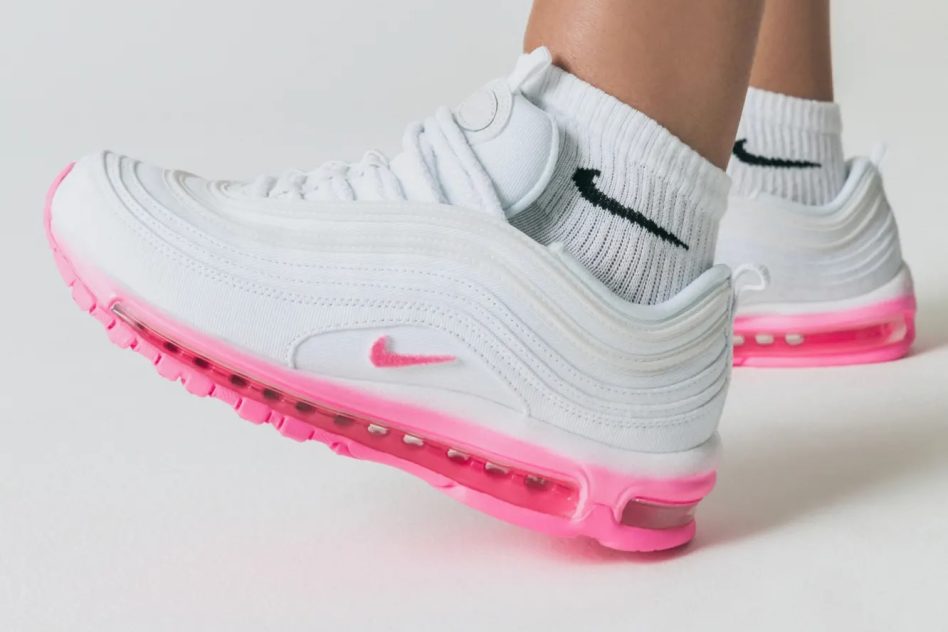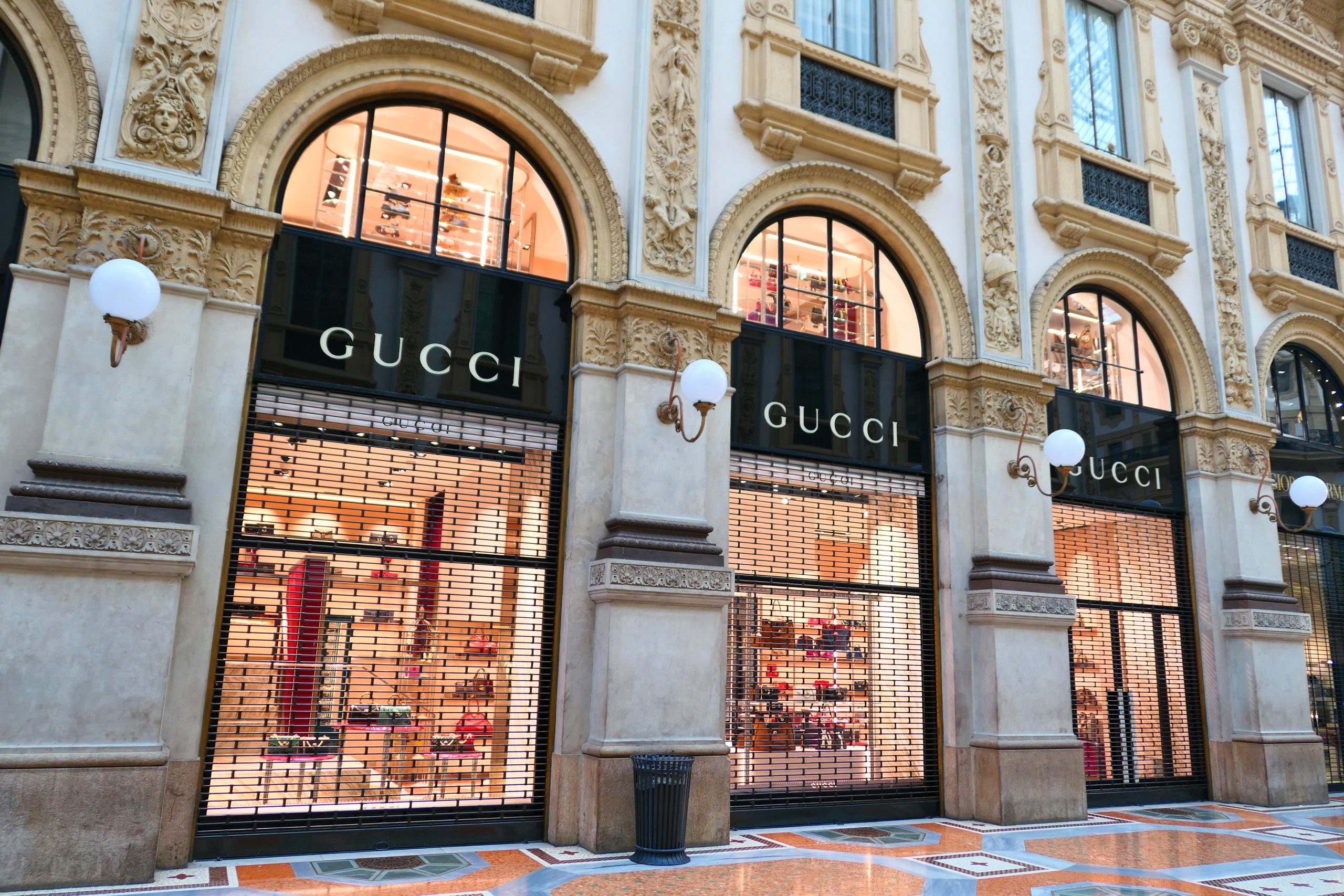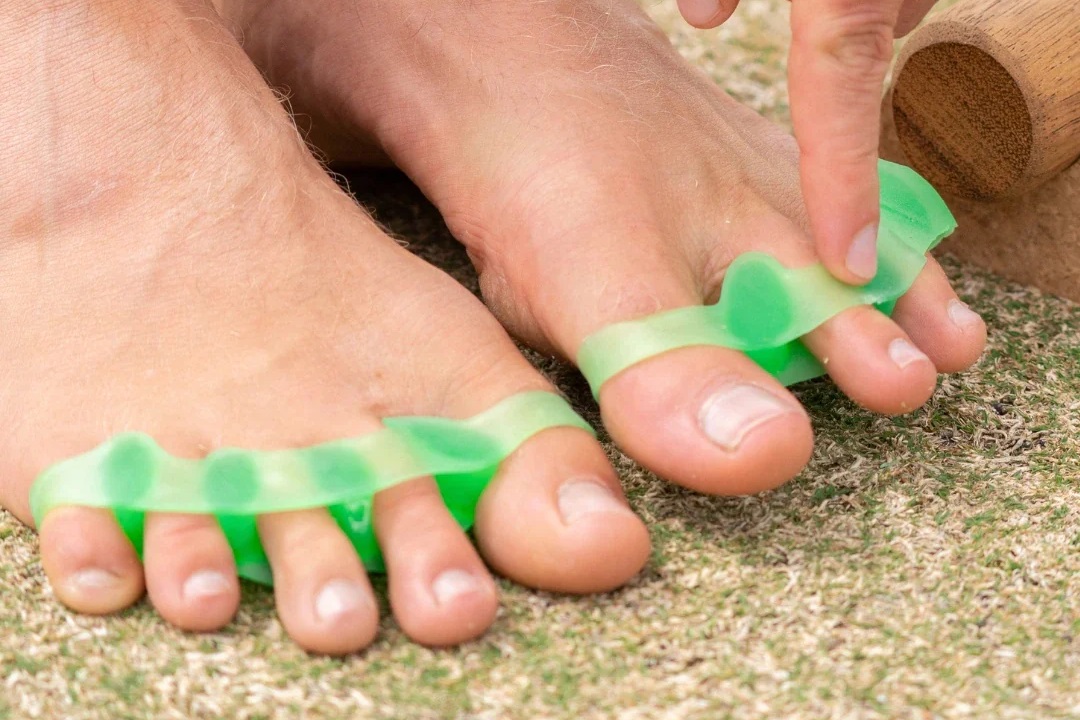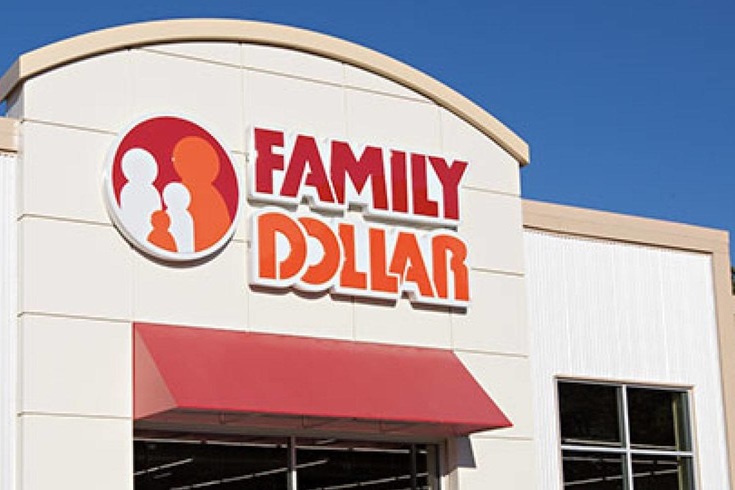
Image source: Nike.com
The solution, more discounts for customers?
Over the next year, Nike is set to raise prices despite ongoing efforts to focus on using discounts to sell excess inventory and boost sales. Largely, prices are only expected to rise by minimal percentages on average, in a strategy to control rising internal costs such as labor and logistics.
The sneaker phenom is also set to increase the number of products purchased through its own network, instead of by wholesalers and retailers. According to figures, over 50% of sales were attributed to wholesale customers in the last calendar year. This is a significant decrease compared to four years ago when it amounted to almost 70% of the total.
Macy’s and DSW revealed last month that starting October they would be selling more Nike apparel, not less. In recent years, the company has lessened the channels to which its products were available, prompting customers to buy from Nike directly in either physical or online stores.
The direct-to-consumer approach is still the fastest and most profitable way for Nike to grow, with the new retail market strategy also continuing to expand and reach more and more consumers all over the world.
Experts have said that the latest price hikes from Nike and other companies are ultimately a way to protect their profit margins. As a somewhat unseen consequence, both the size and frequency of discounts have been increasing over the last few months.
In the last year, Nike has discounted more items than ever, as a response to a continuingly growing inventory stock. Promotions are expected to continue over the next few months and be heavily promoted in stores across the global market.
Since the start of 2023, revenue at Nike increased by 5% compared to last year’s figures. This was higher than analysts at the company predicted, as footwear sales grew and outsold all other apparel.
As well as inventory stockpiles, Nike is also facing other issues within the business. Several Competitors are continuing to grow their presence in both the sneaker and running-shoe departments.
A large consensus of both the general public and sneaker collectors have commented online on a feeling of fatigue due to the high volume of releases Nike schedules. According to footwear resellers, the market has been diminishing for a while now.
Many sellers who were finding success in the market during the pandemic have now stopped selling. Profit margins are tightening between the retail market and the after-selling market, and at the moment, the price gap between the two is fairly slim.
In June, Nike launched the Air Jordan 2 “H” Wings sneaker. Usually, a product like this would sell out immediately on Nike’s ‘SNKRS’ app. However, after two weeks, the sneakers are still available for buy online. On online resale platforms such as StockX, the shoe is already up for resale, for less than the $210 value advertised on the Nike website.
Several retailers have also reported increased discounts so far this year. With that being said, according to reports, Nike’s inventory is doing slightly better when compared to this time last year.
So far in 2023, the sneaker giant reported a whopping $12.83 billion in revenue, which resulted in earnings of just over $1 billion (66 cents per share). This figure was enhanced by the post-Covid recovery in China and an increase in U.S. sales of 5%.
Shares in the company fell roughly 4% in what is known as ‘after-hours trading’. Overall though, since 2022 company shares are up more than 10%, matched with a 15% boost in the S&P 500 index. Expectations for next year have been trimmed back and price targets have also been slashed on the company’s stock in the past few weeks.

Image source: Nike.com
The solution, more discounts for customers?
Over the next year, Nike is set to raise prices despite ongoing efforts to focus on using discounts to sell excess inventory and boost sales. Largely, prices are only expected to rise by minimal percentages on average, in a strategy to control rising internal costs such as labor and logistics.
The sneaker phenom is also set to increase the number of products purchased through its own network, instead of by wholesalers and retailers. According to figures, over 50% of sales were attributed to wholesale customers in the last calendar year. This is a significant decrease compared to four years ago when it amounted to almost 70% of the total.
Macy’s and DSW revealed last month that starting October they would be selling more Nike apparel, not less. In recent years, the company has lessened the channels to which its products were available, prompting customers to buy from Nike directly in either physical or online stores.
The direct-to-consumer approach is still the fastest and most profitable way for Nike to grow, with the new retail market strategy also continuing to expand and reach more and more consumers all over the world.
Experts have said that the latest price hikes from Nike and other companies are ultimately a way to protect their profit margins. As a somewhat unseen consequence, both the size and frequency of discounts have been increasing over the last few months.
In the last year, Nike has discounted more items than ever, as a response to a continuingly growing inventory stock. Promotions are expected to continue over the next few months and be heavily promoted in stores across the global market.
Since the start of 2023, revenue at Nike increased by 5% compared to last year’s figures. This was higher than analysts at the company predicted, as footwear sales grew and outsold all other apparel.
As well as inventory stockpiles, Nike is also facing other issues within the business. Several Competitors are continuing to grow their presence in both the sneaker and running-shoe departments.
A large consensus of both the general public and sneaker collectors have commented online on a feeling of fatigue due to the high volume of releases Nike schedules. According to footwear resellers, the market has been diminishing for a while now.
Many sellers who were finding success in the market during the pandemic have now stopped selling. Profit margins are tightening between the retail market and the after-selling market, and at the moment, the price gap between the two is fairly slim.
In June, Nike launched the Air Jordan 2 “H” Wings sneaker. Usually, a product like this would sell out immediately on Nike’s ‘SNKRS’ app. However, after two weeks, the sneakers are still available for buy online. On online resale platforms such as StockX, the shoe is already up for resale, for less than the $210 value advertised on the Nike website.
Several retailers have also reported increased discounts so far this year. With that being said, according to reports, Nike’s inventory is doing slightly better when compared to this time last year.
So far in 2023, the sneaker giant reported a whopping $12.83 billion in revenue, which resulted in earnings of just over $1 billion (66 cents per share). This figure was enhanced by the post-Covid recovery in China and an increase in U.S. sales of 5%.
Shares in the company fell roughly 4% in what is known as ‘after-hours trading’. Overall though, since 2022 company shares are up more than 10%, matched with a 15% boost in the S&P 500 index. Expectations for next year have been trimmed back and price targets have also been slashed on the company’s stock in the past few weeks.



